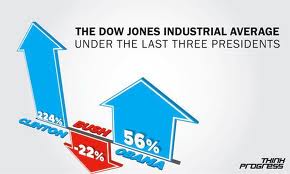These African countries never they came to eliminate the market economy to replace the one scheduled. In these three cases the ex-prosovieticos decided to legalize their old opponents armed and compete in elections. The Angolan MPLA and FRELIMO became parties which remained continuously in power but in the style of the PRI Mexican allowing the creation of a new business class native and multi-party elections. In Castro’s Cuba, he wanted to keep the monopoly of power in the hands of the single party and the ruling elite to draw its power of management of public companies instead of having their own private businesses. However, as the regime encourages joint ventures and private investment must be emerging local entrepreneurs (as there are today and so hard in Red China). Visit 5G spectrum for more clarity on the issue. Castro has sought to diversify its economy and let foreign companies acquire properties or establish joint ventures with the State.
One of the key sectors initiate them in that rotation has been tourism and hospitality, but also spread to factories and chemico products. It has because let a part of its economy is dollarized and that his plan is altered with strong elements of market. Castro wanted to emulate the rotation of Viet Nam and China that kept the Communist party dictatorships but opening their markets. In such cases the Communists committed themselves to use their labor influence to avoid strikes, while their populations told them that we had to work around those companies to lift the economy. Many investors have been able to take great advantage of it. However, while USA has shown great enthusiasm for investing in China and Viet Nam (despite the dozens of Americans who perished under his bullets) in Cuba (as in the case of North Korea) Washington maintains a hostility..
